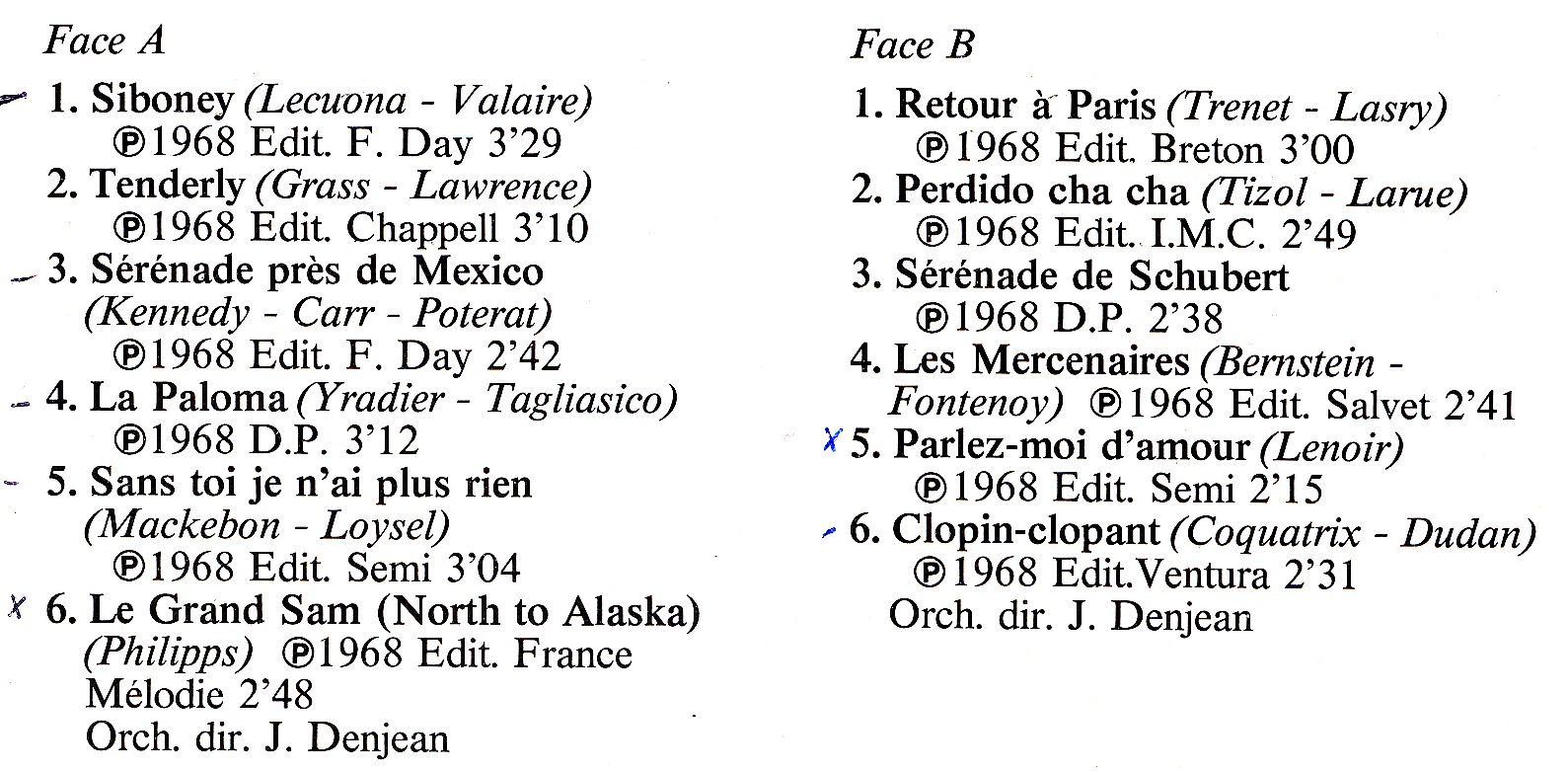

His description of his grandfather is immediately recognisable to readers of Plumb: ‘He had an ear trumpet that now and then we were allowed to shout into. His mother’s tales of family history were equally important to Gee’s developing sense of storytelling, providing a sense of social history and its implications for families, couples and individuals.

Later, Gee lived a while in Napier and then moved to Nelson with his wife and family, to find a rural town near the sea, both resembling and differing from the Henderson of his childhood. In the fiction, both children and adults have such adventures. Gee’s father was a carpenter, whose sons made the most of their access to tools and materials for making boats for paddling down the creek to Waitemata Harbour. Echoes of Henderson Creek, in various transformations, pervade his fiction. I’d run home from the creek to the safety and security of the kitchen one the place of safety and affection, the other the place of adventure, danger, excitement. Of special significance is Henderson Creek, where, Gee said, ‘I seem to have spent half my boyhood.’ A place of ‘marvellous and terrible things’, it became a source of his ambivalent imagery. Even in the most recent, where Wellington and Auckland play a major part, it is their subdivisions - Wadestown, Karori or present-day Henderson - which dominate. Again and again his plots are set in Henderson, usually under another name, or other small towns.

Gee, Maurice (1931– ), one of New Zealand’s most distinguished novelists, born in Whakatane, passed much of his childhood in the country town of Henderson (now contained by Auckland’s urban sprawl), and this background plays a major role in his fiction. A second book, by Lawrence Jones, will discuss Gee's fiction for adult readers.FROM THE OXFORD COMPANION TO NEW ZEALAND LITERATURE

This volume will appeal to students, teachers, readers and writers of New Zealand literature, children's literature and fantasy literature. Overview chapters explore the motivations, themes, contexts and reception of Gee's work, from the fantasy novels Under the Mountain, The World Around the Corner and the O and Salt trilogies, to the five realist and historical novels, including The Fat Man, The Champion and The Fire-Raiser. It argues that the depth and excitement of Gee's fiction for young readers makes for an impressive introduction to New Zealand culture, history and storytelling. This book is the first of two that pays tribute to Maurice Gee's distinctive contribution to New Zealand literature. Told through a range of genres, from fantasy to realism, adventure to science fiction, mysteries, psychological thrillers and gangster stories, they offer a distinctive body of work that shows New Zealand to children and young adults. Maurice Gee's fiction for younger readers blends exciting stories with serious issues.


 0 kommentar(er)
0 kommentar(er)
